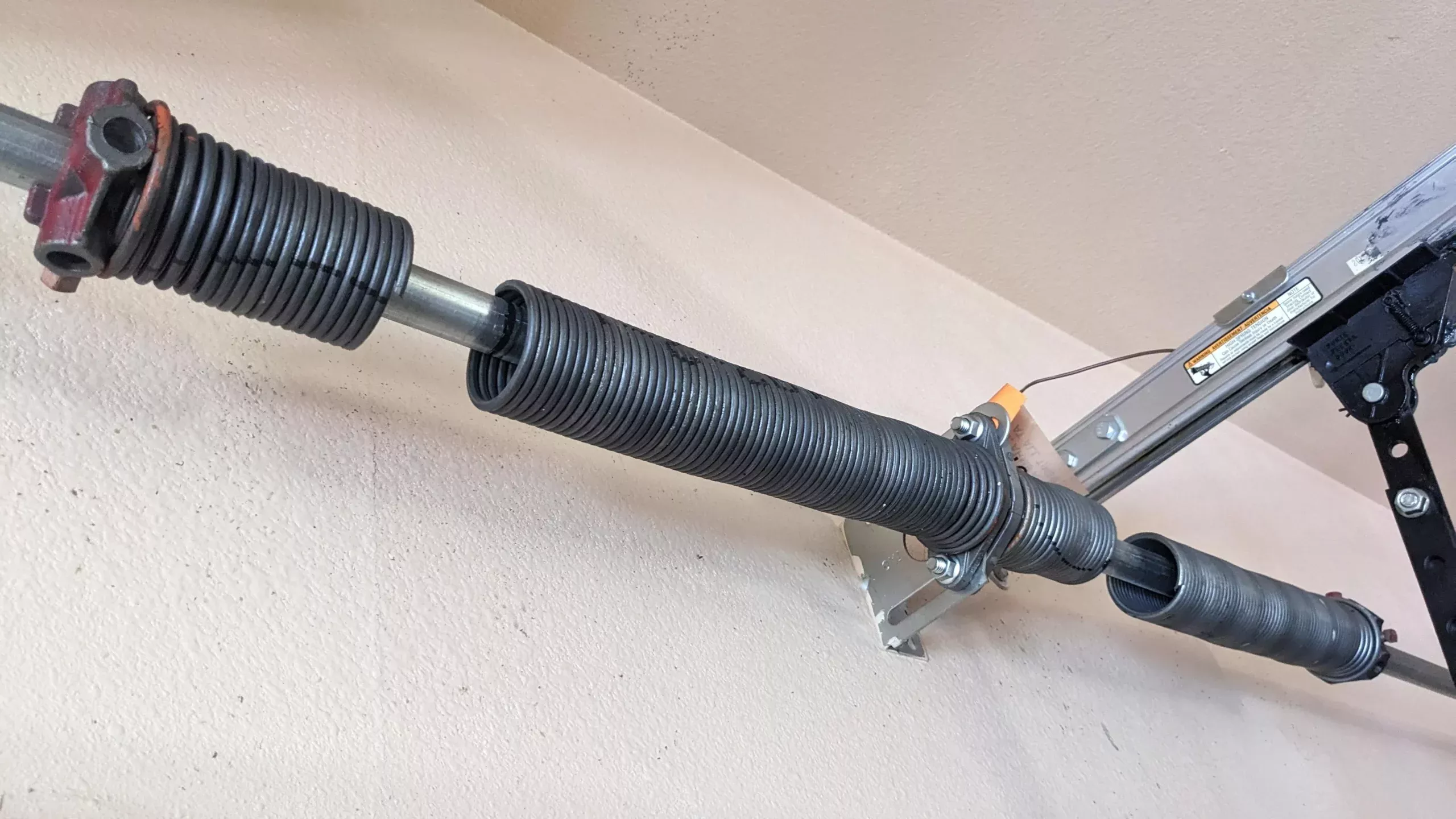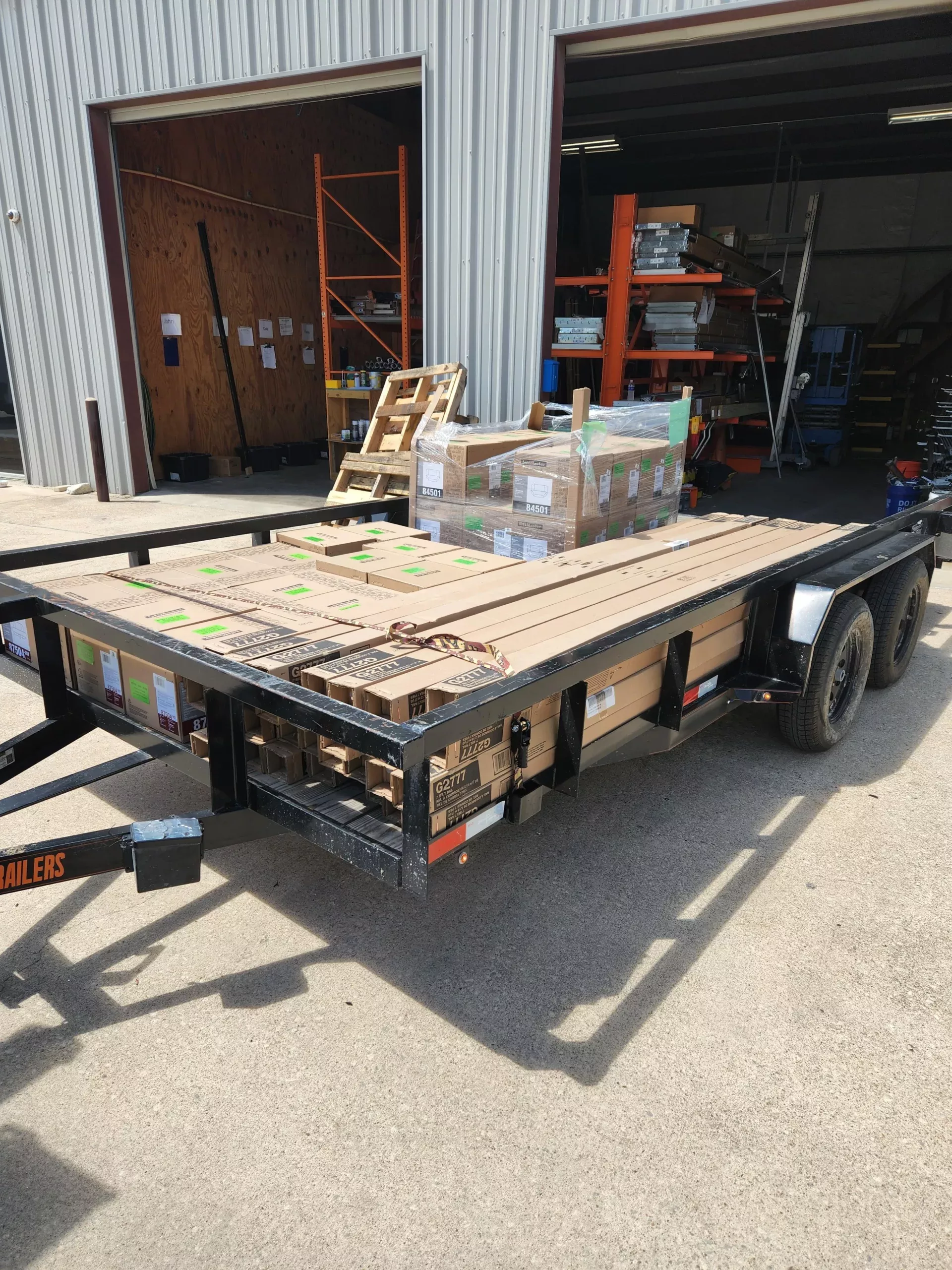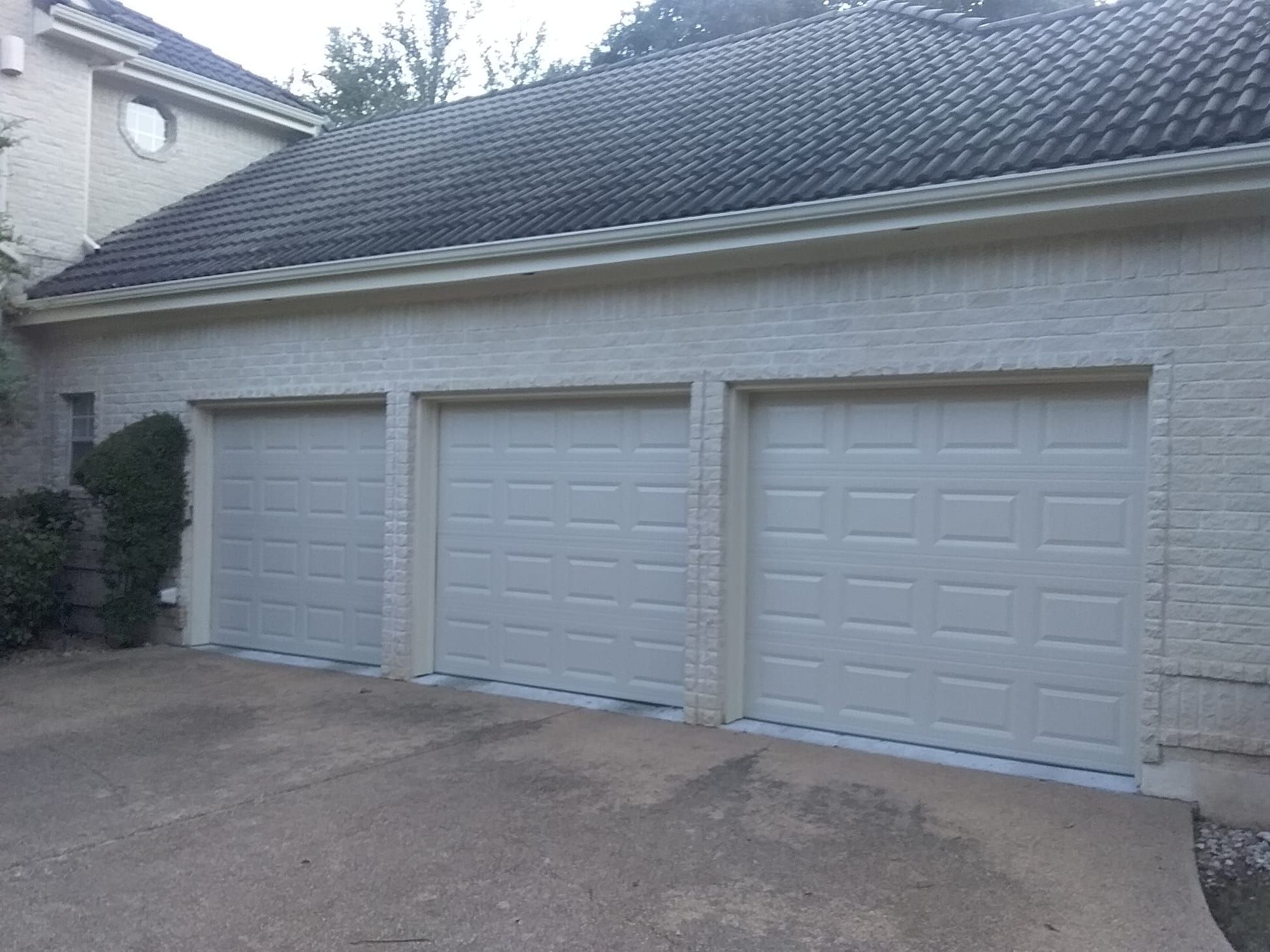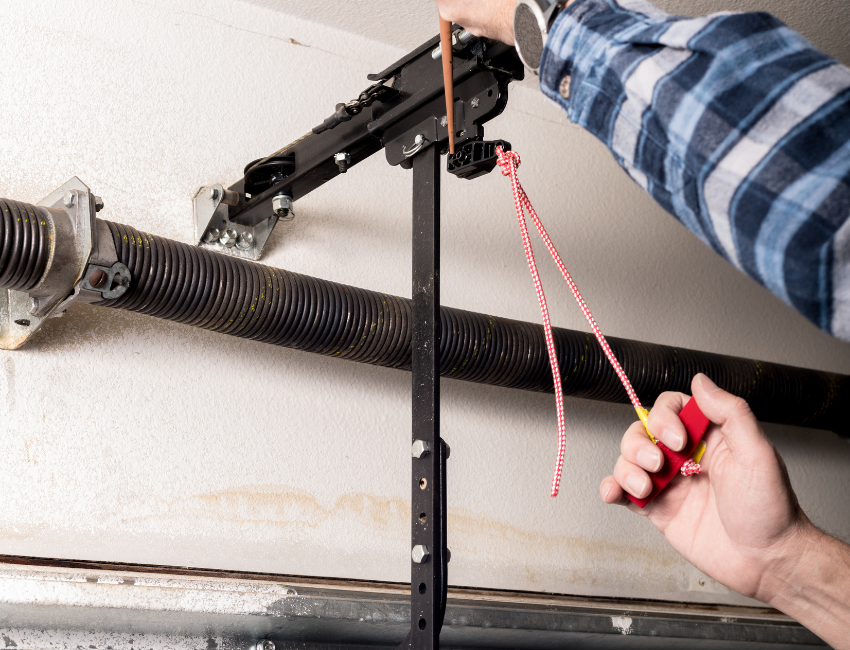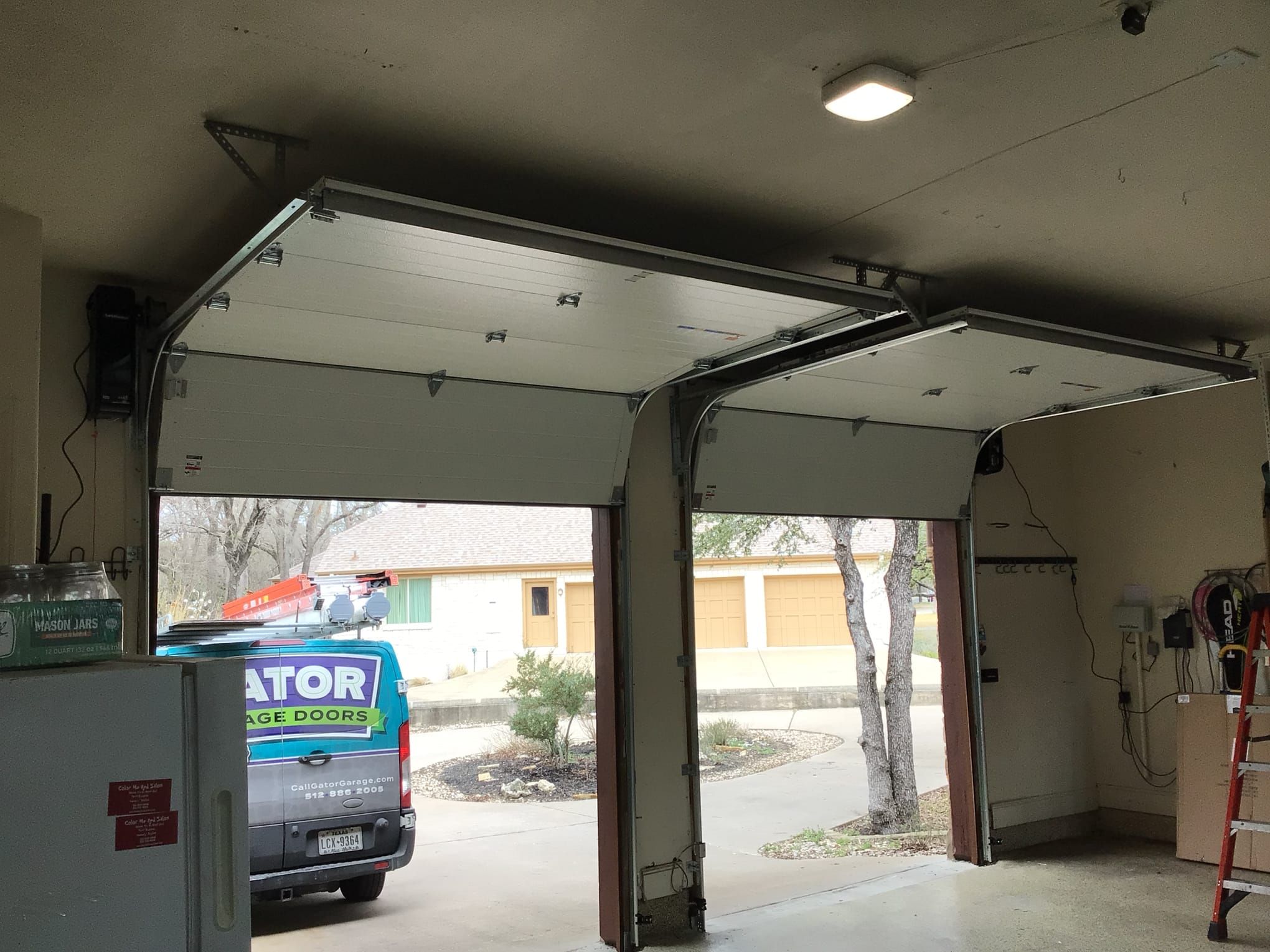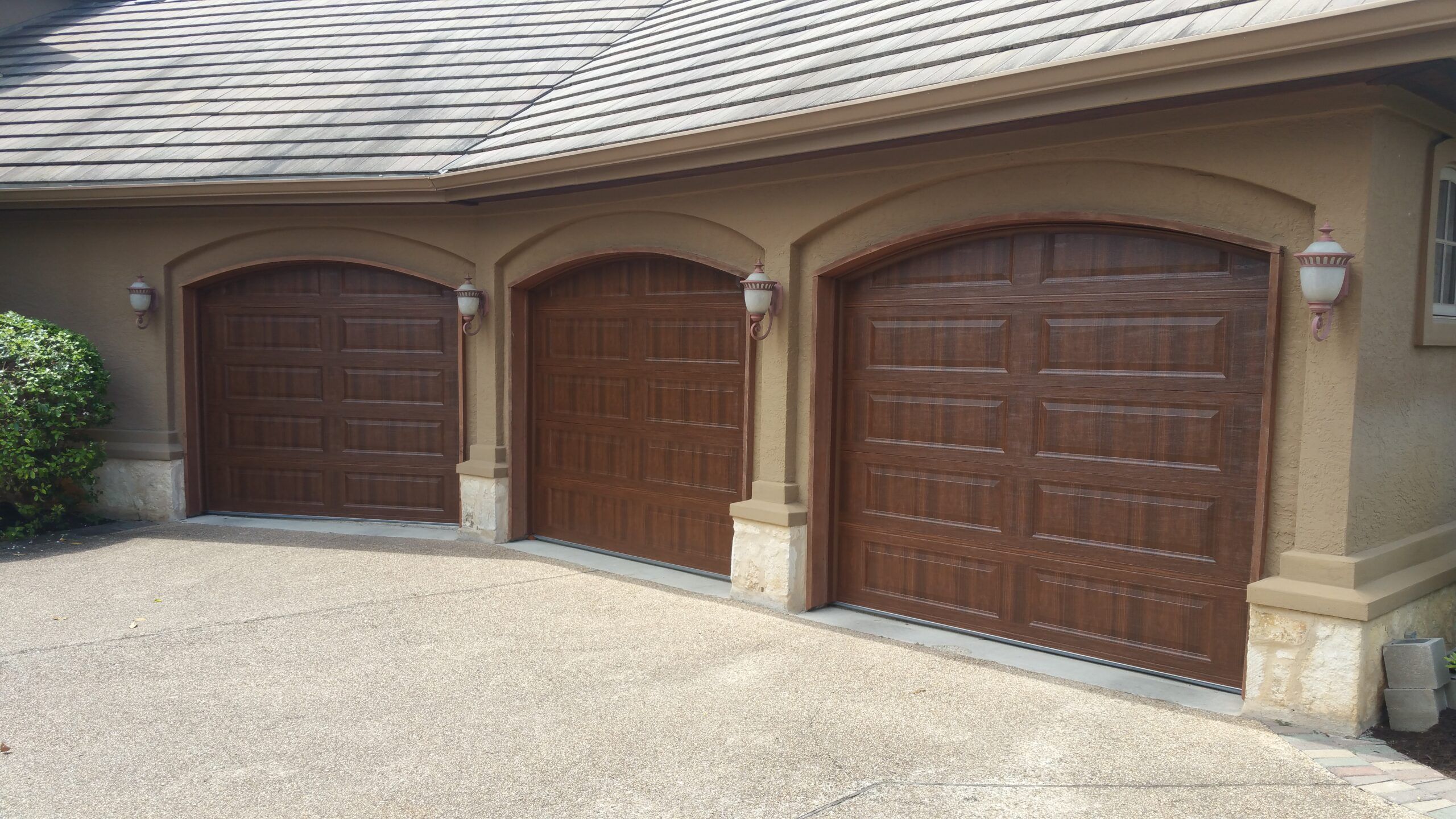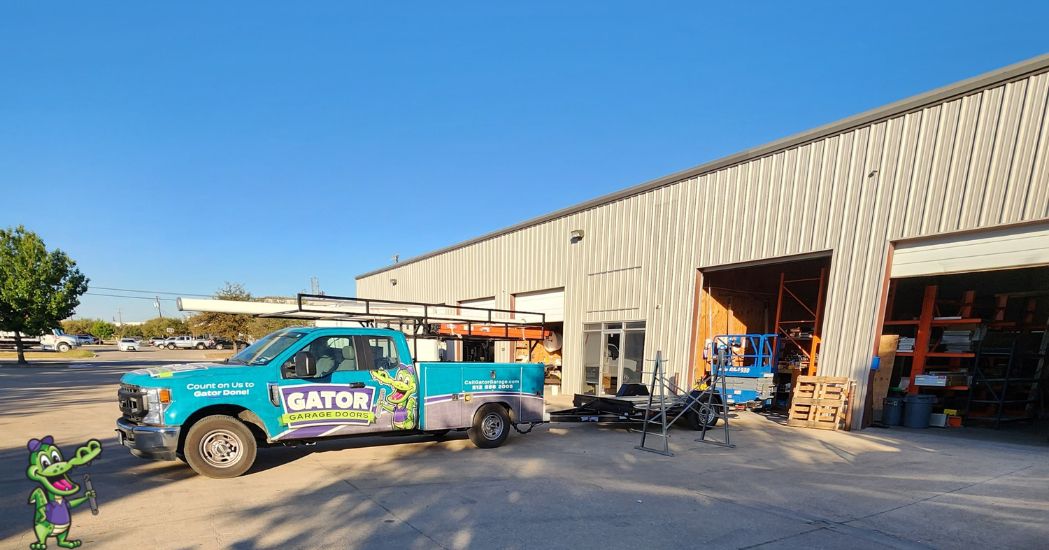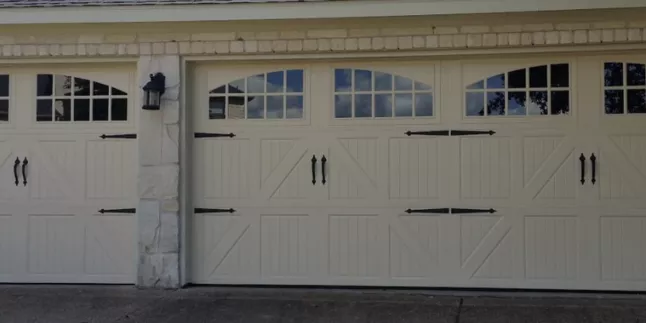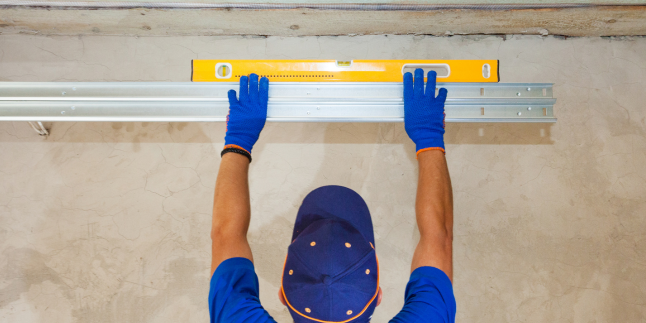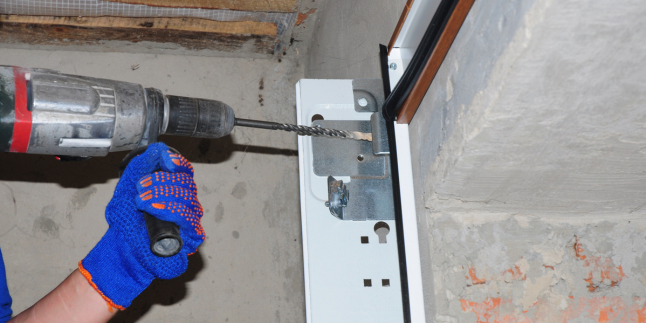The Risks of Attempting Garage Door Spring Repair Without Professional Help
Garage door springs play an essential role in the smooth operation of your garage door. They are responsible for lifting the door’s weight and making it easy for you to open and close your garage. However, garage door springs can break or become worn out over time, leading to serious problems.
If you are facing a broken or malfunctioning garage door spring, you may be tempted to try repairs yourself. First, however, it is crucial to understand the risks associated with a DIY garage door spring repair.
In this blog post, we will discuss the risks of attempting garage door spring repair without professional help.
What are Garage Door Springs?
Garage door springs are part of your garage door system that help the garage door open and close smoothly
Two types of springs are used in garage doors: Torsion and Extension springs. The torsion springs are mounted several inches above the garage door and use torque to lift the door. In contrast, the extension springs are installed on either side of your garage door running along the sides of the horizontal tracks and expand and contract as the door moves up and down.
Garage door springs help to counterbalance the door’s weight and allow it to open and close smoothly. Without properly functioning springs, the garage door may become difficult to operate, and safety risks may arise.
What Causes Garage Door Springs to Break?
As stated above, garage door springs are crucial in ensuring the smooth and efficient operation of the door. And since they are always under tremendous tension, they may break over time. Some of the common causes of garage door spring failure include:
Age
Garage door springs have a limited lifespan, which depends on the quality of the springs and the frequency of use. Most garage door springs have an average lifespan of 10,000 cycles, which may sound like a lot, but since most of us utilize our garage door to access our home, they may only last three or four years.
Rust and Corrosion
Frequent exposure to moisture, humidity, and salt can cause rust and corrosion on the springs, weakening the metal and leading to fractures or breaks.
Lack of Maintenance
Proper maintenance, including regular lubrication and inspection, ensures garage door springs function correctly. Lack of maintenance can cause the springs to wear out faster and break more frequently.
Why is Attempting Garage Door Spring DIY Repair Risky?
The garage door spring repair is a complex and dangerous task that a professional garage door technician should only perform. Attempting to repair garage door springs without professional help can be dangerous for the following reasons:
High Tension
Garage door springs are under high tension and can snap anytime, causing severe injury or death. The tension in the springs is so high that even a slight mistake in the repair process can cause the springs to snap, leading to potentially fatal consequences.
Lack of Experience and Knowledge
Garage door spring repair requires specific skills, knowledge, and tools only a trained professional possesses. Attempting to repair the springs without the necessary experience and knowledge can result in more damage to the door and other garage door system components.
Serious Injury
Inflicting serious injury is one of the most significant risks of attempting garage door spring repair without professional help. Garage door springs are under a tremendous amount of tension and can cause severe injury if they are mishandled. In fact, according to the US Consumer Product Safety Commission, garage doors and their components are responsible for approximately 30,000 injuries per year in the United States.
Attempting to repair garage door springs without the proper training and equipment can lead to serious injury, including broken bones, lacerations, and death. Therefore, it is not worth the risk.
Improper Repairs
Improper repairs can cause the door to malfunction, leading to accidents and property damage. Only a professional garage door repair technician can diagnose the problem correctly and perform the necessary repairs.
Property Damage
Another risk of attempting garage door spring repair yourself is property damage. Garage door springs are heavy-duty and can cause significant damage to your property if not handled properly. A spring not secured correctly can snap and damage the garage door or other nearby property, such as vehicles or tools.
More Expensive Repairs
Attempting to repair the springs without the proper knowledge and experience can cause more damage to the garage door system, leading to costly repairs.
If the repair is not done correctly, it can cause further damage to the garage door system, leading to additional repair costs. Additionally, if the repair is done incorrectly, it can cause the garage door to malfunction, leading to the need for a complete door replacement.
Voiding Warranty
Trying to repair the garage door springs alone can void the manufacturer’s warranty, leading to costly repairs and replacements should you damage the sections during the process.
Why Should You Hire a Professional?
Here are four key reasons why you should get professional help in repairing your garage door springs:
Safety
Garage door springs are under high tension and can snap anytime, causing severe injury or death. Professional garage door technicians have the necessary training and safety equipment to perform the repairs safely and reduce the risk of accidents.
Prevent Further Damage
Attempting to repair garage door springs without the necessary experience and knowledge can cause more damage to the door and other garage door system components. Professional garage door technicians can diagnose the problem correctly and provide the necessary repairs to prevent further damage and costly repairs.
Efficient Operation
Garage door springs that are not functioning well can cause the door to malfunction, leading to accidents and property damage. Experienced garage door specialists can accurately identify the issue and make the required repairs to guarantee your garage door performs effectively.
Save Time and Money
Attempting to repair the springs on your own can lead to costly mistakes and further damage to your garage door system, resulting in more significant expenses. Professional garage door technicians can perform the repairs quickly and efficiently, saving you time and money in the long run.
Conclusion
Your garage door springs are to your garage door system, and their proper functioning is necessary for the smooth operation of your garage door. However, attempting to repair garage door springs without professional help can be risky and could lead to severe injury or property damage.
Professional garage door technicians have the necessary experience, knowledge, and tools to perform the repairs safely and efficiently, ensuring that your garage door system operates correctly and reducing the risk of accidents and property damage.
